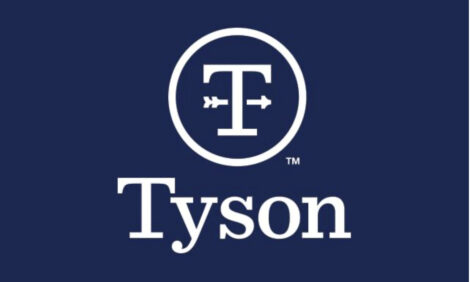



Report Suggests Canada May Be Noncompliant With Minimal Risk Rule
WASHINGTON, D.C. – In a formal letter sent today, R-CALF USA has asked Agriculture Secretary Mike Johanns to determine if Canada is in violation of the U.S. Department of Agriculture’s (USDA’s) Minimal Risk Region Rule (Final Rule) and explain to Canada that it immediately needs to begin testing all known herd mates and feed mates of BSE-positive cattle in order to maintain its status as a ‘minimal risk’ region under U.S. regulations.On Wednesday, the Canadian Food Inspection Agency (CFIA) released its official report on its 11th native case of bovine spongiform encephalopathy (BSE), which the Canadian government confirmed on May 2, 2007. The report implies that CFIA allowed five cows from the same herd of cattle as the infected cow – which also consumed the same feed as the infected cow – to be destroyed and disposed of without first testing these animals for BSE.
“The report further indicates that CFIA intends to do the same thing with 36 more cows from the infected herd, despite the likelihood that some or all of them consumed the same contaminated feed as the animal that tested positive for BSE,” wrote R-CALF USA President/Region VI Director Max Thornsberry, a Missouri veterinarian who also chairs the group’s animal health committee.
In the United Kingdom (UK) where – along with all of Europe and Japan – a far more comprehensive BSE testing regime is practiced, only 35 percent of BSE-infected herds had only one case of BSE, while 49 percent of the BSE-infected herds had three or more BSE cases, with one herd having 124 cases. (See: http://www.defra.gov.uk/animalh/bse/statistics/bse/con-cases.htm.)


